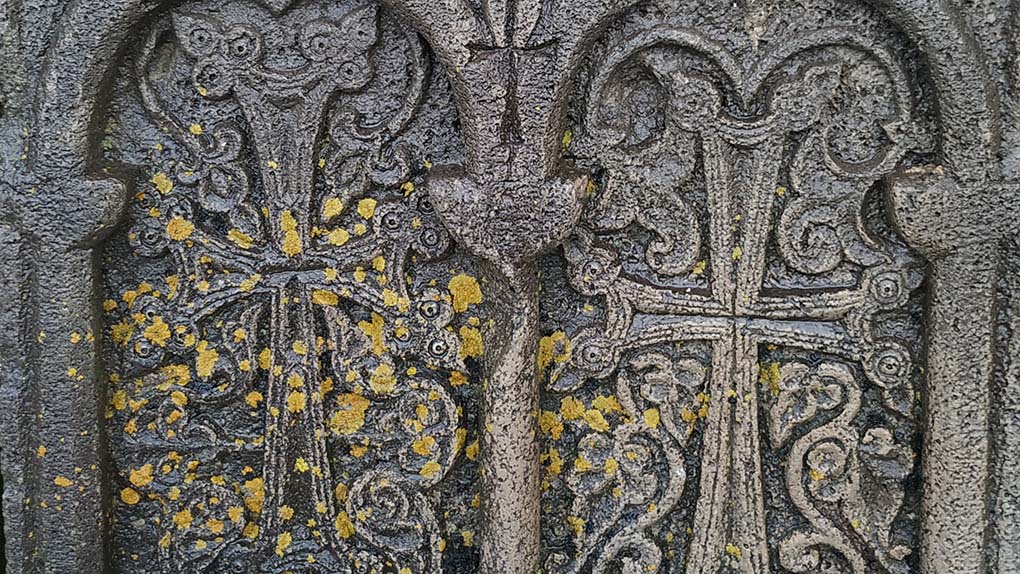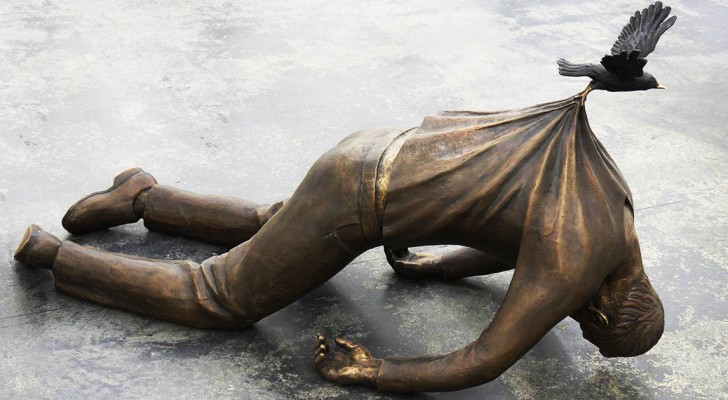The ancient lectionary of the Armenian Church does something extraordinary when it comes to today’s Gospel reading. Last week we celebrated the feast of the Exaltation of the Holy Cross and stepped into a liturgical period dedicated to the Holy Cross. One would expect that the lectionary Bible readings would be about the Cross and crucifixion. But that is now what we see and hear today in the church. Instead, our Gospel reading is about marriage. Why marriage? What does marriage have to do with the Holy Cross and crucifixion?
As Armenians, we pride ourselves with a legacy, history and culture that goes back thousands of years. We have been blessed with sacred music that captures the very essence of Armenian spirituality, architecture that never stops to captivate and inspire with its simplicity and depth, with literature, miniature paintings, dance, food, customs and traditions that connect us to our roots and help us explore and gain a better understanding of who we truly are. Khachkars are one of the best-known and most treasured symbols of Armenian Christian heritage. What we don’t often realize is how complex the world of khachkars is. There are many different types and groups of khachkars, each with its own distinct role and function in the liturgical and cultural realm of the Armenian psyche. One such group has always interested and intrigued me. There is something extraordinary and mystical about this group of khachkars. Unlike the traditional khachkars which have a large central cross, these have two crosses. Two crosses placed side by side, they are separate but also united, they are distinct from each other, but also deeply connected, carved in a single stone as one body, one creation and a single entity. We are accustomed to seeing a single cross and at first, these Khachkars appear to be an optical illusion. It is as if the two crosses are gravitating, starving to reach and embrace each other and unite into a single cross. These are the special khachkars that Armenians would place on the thumbs of married couples to signify their oneness and unity in love and eternity.
We don’t usually identify the Cross with marriage. The cross is more easily associated with sadness, suffering and death, while marriage is a symbol of joy and happiness. Even if we make a conscious effort to mentally combine the two, reflect and explore the connection of the Cross to marriage – we will probably feel quite uncomfortable, we will find our subconscious self resisting any notion of combining a symbol of pain with marriage. Could it be that we are looking at it from a wrong perspective? Could it be that our understanding of what the Holy Cross truly symbolizes, our vision of what Christian marriage is about has been so diluted by Hollywood and fiction that we can no longer put the two together?
The Church does not venerate the Cross as an instrument of pain and suffering, but as a symbol of transformation. The idea of transformation is at the heart of everything we do in the church. From baptism to weekly Eucharist, all our sacraments are celebrations of transformation. Christian marriage is not simply about our desire of wanting kids or not, feeling chemistry, falling in love or wanting to have a family. Rather, it is a journey of transformation through loving and being loved. Christian marriage is about learning to love our spouses selflessly and sacrificially as Christ loved the world by giving his life for it and transforming the most humiliating and shameful instrument of torture in the ancient world into a symbol of renewal, rebirth, salvation and transformation.
It is quite easy to talk about the need for personal transformation. However, we also have to recognize that more often than not we resist and repeal change. Yet, the sacrament of the marriage or, as we call it in our tradition, the sacrament of the crowning calls for an impossible transformation where the newlyweds are reminded about the words of our Lord, inviting and encouraging them to love each other to the point of becoming one flesh, one body, united in love for eternity. That is precisely what the khachkars of married couples and today’s feast remind and teach us about.


